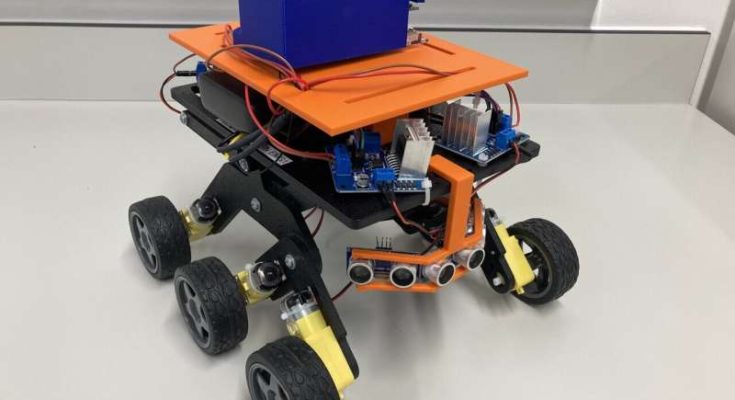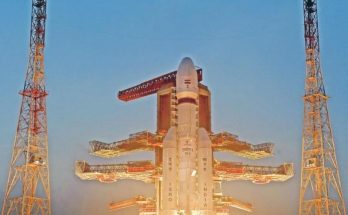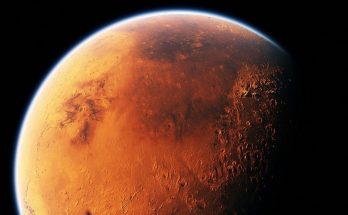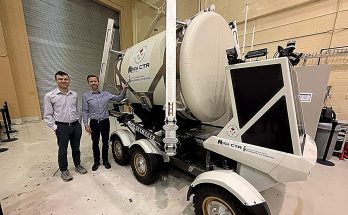While roboticists have developed increasingly sophisticated systems over the past decades, ensuring that these systems can autonomously operate in real-world settings without mishaps often proves challenging. This is particularly difficult when these robots are designed to be deployed in complex environments, including space and other planets.
“The method we proposed enables a robot team to autonomously explore the Martian surface through two key stages: map generation and mission planning,” Swinton explained. “First, a map of the environment is created using data from the Mars Reconnaissance Orbiter. We specifically used data from Jezero Crater, where NASA’s Perseverance rover is currently operating.”
After creating a map of the environment that the rovers will explore on Mars, the team’s planner analyzes it and splits it into different regions, highlighting parts with terrain that the rovers can safely traverse. Subsequently, the planner overlays a probability distribution map, which highlights the probability that rovers will encounter locations of scientific interest at specific sites within the environment they are exploring.
“These points could represent rocks that we want the rovers to take samples from,” Swinton said. “Once this map has been created, our mission planner searches the environment to identify an efficient route which will increase the likelihood of finding the points of interest. A coordinated set of safe paths for each member of the rover team is then identified.”
The multi-rover mission planner developed by Swinton and her colleagues has various advantages over previously developed approaches. In addition to delineating terrain that the rovers can safely travel in and planning paths for their autonomous operation, the planner also provides information about where sites of scientific interest could be.
“Our rover team is able to safely and efficiently search a full mission site that covers 22500m2 in a relatively short period of time,” Swinton said. “It is also worth noting that each rover covers an autonomous drive distance comparable to the current record for ‘longest distance driven without human review’ by a planetary exploration rover. Our work also showed that the efficiency of the search was improved by using a rover team over a single rover.”
Swinton and her colleagues evaluated their mapping and planning approach in a series of tests and simulations carried out using a set of randomly generated probability distribution maps. Their results were highly promising, suggesting that their method could allow a team of five rovers to autonomously explore an area of 22500m2 on Mars within approximately 40 minutes.
While the planner was so far applied to the exploration of Mars, it could be applied to other missions beyond planetary exploration. For instance, it could also help to coordinate the efforts of multiple ground robots during search and rescue operations simply by using a map of the environment of interest and a probability distribution map that highlights locations where the robots are most likely to encounter people to be rescued or who need assistance.
In their next studies, Swinton and her colleagues plan to further develop and test their methodology, while also working on other computational tools to support the autonomous operation of multiple robots. These tools will also include methods to improve the fault tolerance of multi-robot teams.
“The effects of faults and failures are a serious concern in planetary exploration rover missions,” Swinton added. “For a team of planetary exploration robots to be considered trustworthy, the robots must be able to diagnose faults in themselves and/or in their teammates. Only once faults have been diagnosed can recovery action be taken to mitigate any impact the fault has on mission outcomes.”





